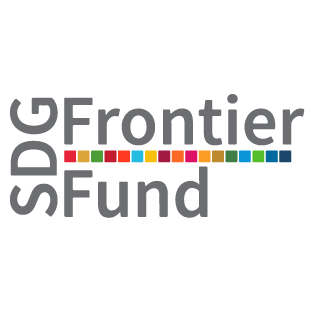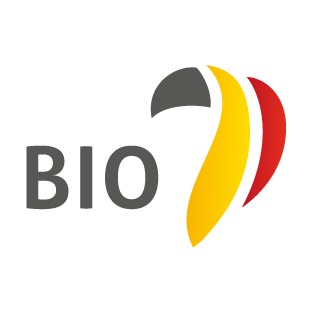Assessment, Monitoring and Evaluation
BIO's Assessment, Monitoring, and Evaluation framework (AME) establishes development objectives and monitors projects throughout their entire lifecycle, both at the individual project level and within the broader portfolio.
- Ex ante assessment – BIO developed a new tool to assess ex ante the alignment with the new Strategic Impact Targets. This tool is complementary to the more general development assessment tool (also being updated in 2025). As part of the due diligence, those tools allow structuring and documenting the development rationale of an investment project, and its financial and non-financial additionality.
- Monitoring – BIO is performing a yearly monitoring of key development metrics (pre-defined to reflect the envisaged development goals) for all portfolio projects and uses the Joint Impact Model (JIM) to assess indirect development effects.
- Evaluation – BIO has updated its evaluation plan, covering both the strategic level and individual projects.
While there is some interdependence between these, each element follows its own procedure and addresses specific needs at different stages of the investment process.
Summary of development performance on BIO's priority SDGs
The nature and the structure of the development impact reporting remains the same for our 2023 portfolio as it was under our previous management contract. Taking into account the new Theory of Change and the new Strategic Impact Framework, changes are under way for our 2024 data, but those will only be integrated as from next year.
Below you can read the most remarkable results on BIO's six priority SDGs from our portfolio at the end of 2023 and some contributions of projects approved in 2024, based on the key development indicators to measure the contribution of BIO's projects to each of these SDGs, as mentioned in the previous Theory of Change.
New evaluation plan
In line with the new 2024–2028 management contract, BIO has updated its evaluation plan to reflect its renewed commitment to measuring development impact and sustainability—both at the strategic level and within individual projects. The plan was developed in close collaboration with the Belgian Development Cooperation's Special Evaluation Office (SEO) and the Directorate-General for Development Cooperation and Humanitarian Aid (DGD).
The evaluation plan is built around four complementary tools.
Internal
- Annual Strategic Impact Reports
Yearly evaluations at the portfolio level to track BIO’s impact performance against its strategic goals. These reports are based on the assessment of Strategic Impact Targets (SITs), the monitoring of development indicators, and insights from the economic model. - Project Completion Reports
End-of-project evaluations that bring together follow-up data, internal reporting, and stakeholder feedback to assess the project's financial, commercial, social, environmental, and development outcomes.
External
- Multi-year Strategic Impact Studies
Independent, portfolio-level evaluations of new projects to assess BIO’s performance against its Theory of Change and Strategic Impact Framework. See also: Decent Work Study and Non-Financial Additionality Study - Biannual End-Beneficiary Focus Studies
On-the-ground evaluations that explore the profiles and experiences of end-beneficiaries in selected projects, providing deeper insights into the real-world impact of BIO’s support.
BIO engages with (prospective) clients to enhance their E&S performance, with its E&S team offering advice, appropriate tools, and assistance in developing E&S action plans.
In line with its commitment to environmental and social management, BIO requires that an environmental and social action plan (ESAP) is part of all its investment contracts. BIO negotiated an ESAP for 21 of the 22 projects approved in 2024. Those ESAP included a total of 178 actions, 112 of them being directly related to one of the three transversal impact priorities of BIO.
- 16 investment projects included an ESAP with at least one action item specifically targeting decent work related improvements
- 4 investment projects included an ESAP with at least one action item specifically targeting gender equality related improvements
- 9 investment projects included an ESAP with at least one action item specifically targeting climate change or ecological sustainability related improvements
For high-risk projects, on-site visits are conducted by BIO or external experts to verify reporting and conduct independent assessments. Annual progress reports on the ESAPs are submitted by clients, showing the extent to which they remain on track.
If insufficient progress is noted, BIO talks to its clients to identify the challenge, and to see how they can catch up on the ESAP's execution.
BIO is committed to supporting its clients’ E&S capacity and competences, providing assistance through the BDSF or by offering guidance and training sessions led by BIO staff. Companies posing a higher reputational risk or companies in non-compliance with essential actions outlined in their ESAP are placed on an E&S watchlist, prompting intensified monitoring by BIO's E&S team. At the end of 2024 four projects were on this list, out of a total portfolio of 154. Main E&S issues were linked to management of extreme weather events, of health and safety measures and of relations with local communities.








